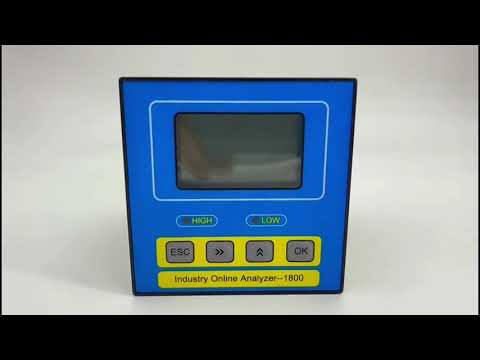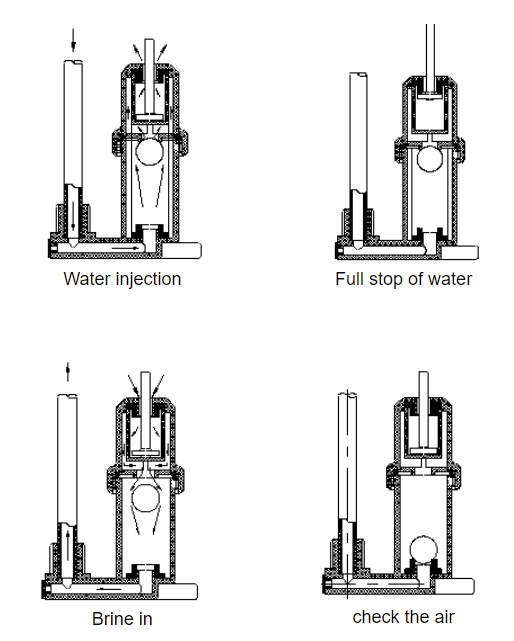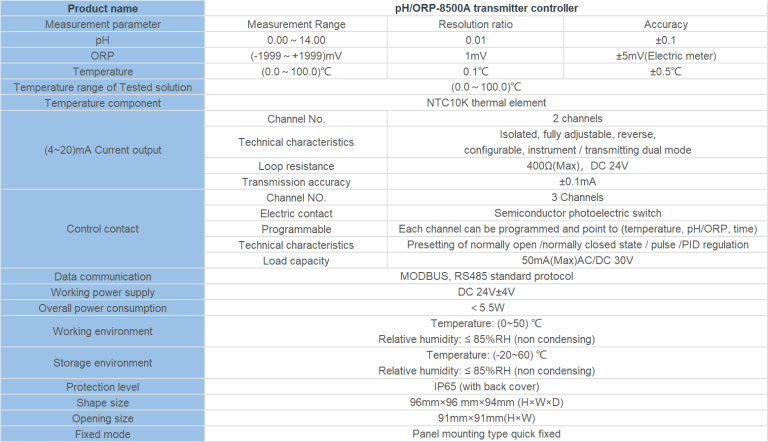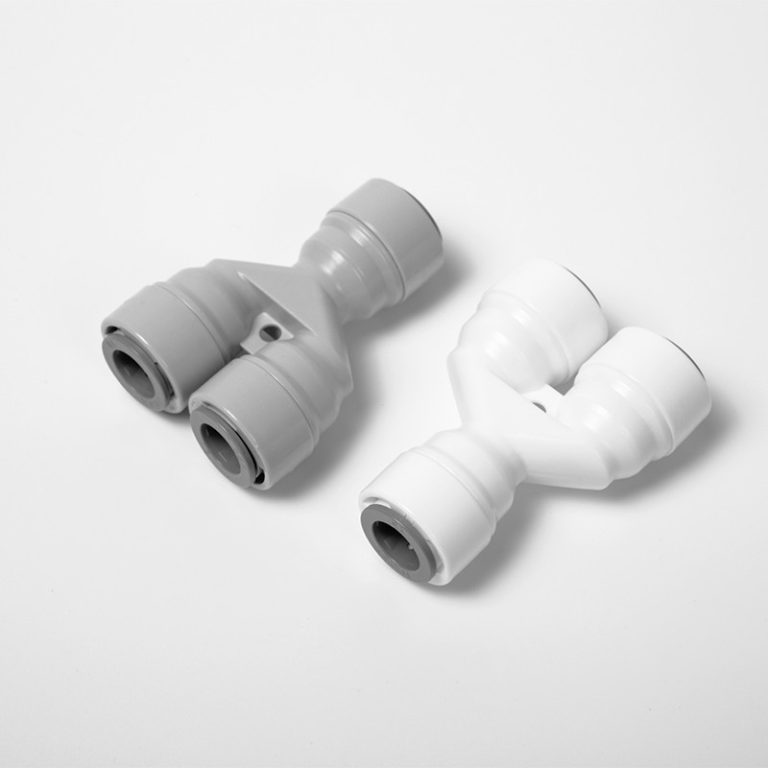A conductivity detector measures electrical conductivity to analyze substances.
Understanding the Principles of Conductivity Detection
Understanding the Principles of Conductivity Detection
Conductivity detection is a fundamental technique used in various fields, including chemistry, biology, and environmental science. It is a method that allows scientists to measure the ability of a substance to conduct an electric current. By understanding the principles behind conductivity detection, we can gain insight into how this technique works and its applications in different industries.
At its core, conductivity detection relies on the fact that certain substances, known as electrolytes, can conduct electricity. These electrolytes are typically solutions that contain ions, which are charged particles. When an electric current is applied to an electrolyte solution, the ions move towards the oppositely charged electrodes, creating a flow of electricity.
To measure conductivity, a conductivity detector is used. This device consists of two electrodes, typically made of a conductive material such as metal, that are immersed in the electrolyte solution. The electrodes are connected to a power source, which applies a voltage across them. The conductivity detector then measures the current that flows between the electrodes.
The conductivity of a solution is directly proportional to the concentration of ions present in the solution. This means that a higher concentration of ions will result in a higher conductivity, while a lower concentration will result in a lower conductivity. By measuring the conductivity of a solution, scientists can determine the concentration of ions present.
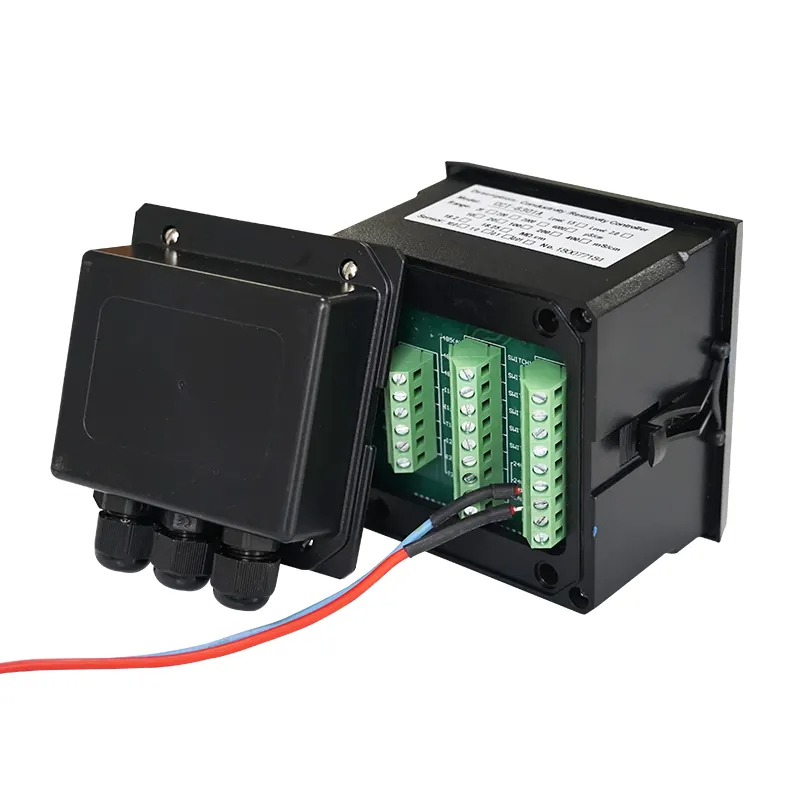
One important factor to consider when using a conductivity detector is temperature. The conductivity of a solution is also affected by temperature, with higher temperatures generally resulting in higher conductivities. To account for this, conductivity detectors often include temperature sensors that allow for temperature compensation. This ensures that accurate measurements are obtained regardless of temperature variations.
In addition to measuring ion concentration, conductivity detection can also be used to determine the purity of a substance. Impurities in a solution can affect its conductivity, with higher levels of impurities resulting in lower conductivities. By comparing the conductivity of a sample to that of a known pure substance, scientists can assess the purity of the sample.
Conductivity detection has numerous applications in various industries. In the field of chemistry, conductivity detectors are commonly used in ion chromatography, a technique used to separate and analyze ions in a solution. By measuring the conductivity of different ions, scientists can identify and quantify the components of a sample.
In the field of biology, conductivity detection is used in techniques such as electrophoresis. Electrophoresis is a method that separates molecules based on their charge and size. By applying an electric field to a gel matrix, molecules move towards the oppositely charged electrode at different rates, allowing for their separation. The conductivity detector is used to monitor the movement of the molecules and determine their positions.
In environmental science, conductivity detection is used to assess water quality. The conductivity of water can provide information about the presence of dissolved substances, such as salts and minerals. By measuring the conductivity of water samples, scientists can monitor changes in water quality and identify potential sources of pollution.
In conclusion, conductivity detection is a powerful technique that allows scientists to measure the ability of a substance to conduct an electric current. By understanding the principles behind conductivity detection, we can appreciate its applications in various fields. From chemistry to biology to environmental science, conductivity detection plays a crucial role in analyzing and understanding the properties of different substances.


